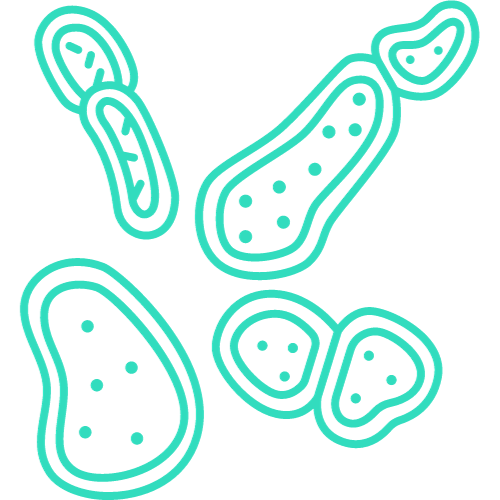Pre, Pro and Post-Biotics, behind the jargon
The usefulness and versatility of microorganisms has been seen throughout the ages, from the use of yeast in brewing and baking to the natural fermentation of pickles. These processes have been developed (at least initially) by harnessing natural activity of bacteria and fungi found in the environment.
All the bacteria found within a certain ecosystem or environmental niche is called microbiota. This word is often used interchangeably with the term ‘microbiome’ but there are subtle differences between the two.
Microbiome specifically refers to the genetic material contained within all the micro-organisms found within the niche, so can be attributed more to the potential functionalities found within that system. The term microbiota focusses on the organisms themselves that can be found within an ecological niche.
These terms are used interchangeably in media and literature, meaning you must rely on the context of the actual word itself to understand what is being said. This could be a little bit frustrating as you may have spent this time trying to find out the actual meaning of the words for it to not matter at all!
Jargon can and does mean a great deal, such as the differences between pre, pro and post-biotics. These terms all refer to methods for “beneficial ”bacteria to be of use. On the surface, they appear quite similar but each method has a very different way of harnessing the power of bacteria:

Pre-biotics: these function at the very start of a process. A particular nutrient is added to a bacterium within a particular niche. This addition fuels the bacterium, helping it grow, and giving it a competitive advantage over others found within the area. This allows it to expand its presence and, hopefully, increase the effect it has within its niche or environment.

Pro-biotics: these are the most well-known and popular of the three types. Pro-biotics are created by adding a certain bacterium to a location, so it performs a beneficial action. For example, our products mostly function in this way. URIZAP functions by introducing a particular proprietary bacterium to remove uric scale build-up alleviating blockages and foul odours in urinals.

Post-biotics: these are molecules or products produced by bacterial metabolism. These can include vitamins and various types of sugars. Currently, these are harder to come by, but they’re often found in naturally fermented products such as kombucha, pickles and yoghurt as by-products of the probiotic microbes used to make and found within them.
It’s incredible how just a few letters can completely change the nature and origin of the product that you are using. A simple pre-fix packs a lot of power, especially when dealing with bacteria. By understanding how these elements work to power bacteria, you can gain a better understanding of the efficacy of the bacterial products you use.
To unleash the power of bacteria in your business, shop our range.
